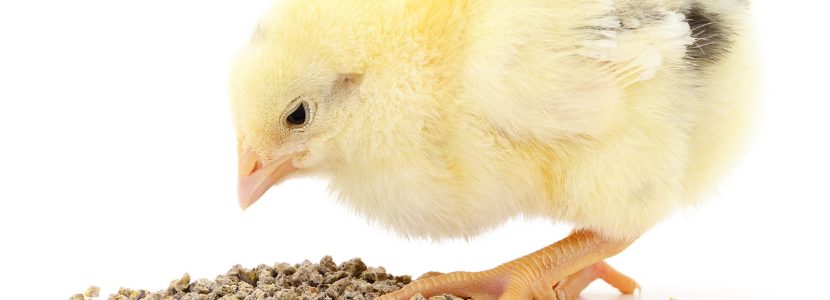 24 May 2022
24 May 2022
Importance of early nutrition in chicks
Early nutrition in chicks is of utmost importance within the poultry industry. Poultry production has grown enormously around the world during the last decades. Undoubtedly, feeding programs together with antibiotic growth promoters (AGPs), in the diets of birds, played an important role in achieving such success. However, in light of public health issues related to the indiscriminate use of AGPs, the poultry industry finds itself under the obligation of redefining its nutrition programs to produce safe and top quality meat.
Chicks have been shown to benefit when they have early access to food and water (early nutrition). Late intake of water and nutrients by chicks could lead to a decrease in their overall growth yield with adverse effects such as increased mortality. Early feeding strategies have been suggested and developed to lessen or possibly reverse the negative effects of delayed feeding. These strategies range from in ovo feeding to post-birth diets.
For example, probiotic supplementation in the early stages of life prevents pathogenic infections. Amino acids like (L-arginine, L-lysine, L-histidine, threonine) are beneficial for growth, vitamin C and E stimulate immunity, carbohydrates increase glycogen stores, and creatine supplement promotes muscle growth.

[register] In addition, in ovo injection of sulfur-containing amino acids (methionine plus cysteine) into embryonated eggs exposed to heat stress has positive effects on gene expression and antioxidant indexes. It has also been shown to reduce the lipid profile of newborn broilers.
Importance of early feeding
The perinatal period ranges from the late embryo to a few days after hatching. It is a very important period for the development of the gastrointestinal(GI) tract and immune system in poultry.
Unlike mammals that can influence the development of the fetus even after birth, birds can only take advantage of expression through the composition of the egg. Due to this restriction, all the necessary nutrients, growth factors and machinery that are essential for development must be present in the fertilized egg.
In addition, due to a rapidly growing embryo and the rapid metabolic turnover of modern chickens, some of the essential nutrients may be depleted or insufficient under adverse environmental challenges and diseases. This restriction of nutrient stores can limit the maximum development and growth of newborn chicks.
Amniotic fluid also contains proteins, minerals, hormones, water, and other nutrients necessary for the growth and development of developing chicks, which begin to absorb it around day 13 of incubation. This natural phenomenon of amniotic fluid consumption provides opportunities to add various forms of essential nutrients that would eventually reach the GI tract of chicks. Nutritional substances that are injected into the amniotic cavity are ingested and deposited in the lungs and intestine due to the rhythmic respiratory movements of the late embryo.
IOF can also be used to provide adequate nutrients to the late embryo that protect it from the negative effect of starvation during the extended hatching window. In addition, in ovo application of prebiotics increases the number of beneficial bacteria and promotes their early colonization of newborn chicks’ intestine.

Feeding in the first days of life
The perinatal period is also very critical, as chicks must adapt to feeding changes. Which mainly implies a change from a yolk-based lipid diet to a solid carbohydrate-based feed. It has been observed that chicks are more efficient at utilizing lipids after hatching and gradually gain the ability to absorb more hexoses and amino acids.
Early feeding of chicks can provide readily available energy to help restore liver glycogen stores and maintain a high body temperature during the first post-embryonic days.
The small intestine of poultry has the highest relative growth after hatching in the growth period that takes place during the first week of birth. Therefore, early food deprivation can lead to a decrease in the length of intestinal enterocytes and in the surface area of villi. Resulting in negative effects on nutrient utilization and growth. Early feeding is expected to influence immune development by providing nutrients for cell proliferation and differentiation or by providing substrates for antigenic and immunomodulatory activity that leads to the production of various immunoglobulins.
The requirement for increased immunocompetence becomes exceptionally important in view of reducing dependence on antibiotic growth promoters (AGPs).
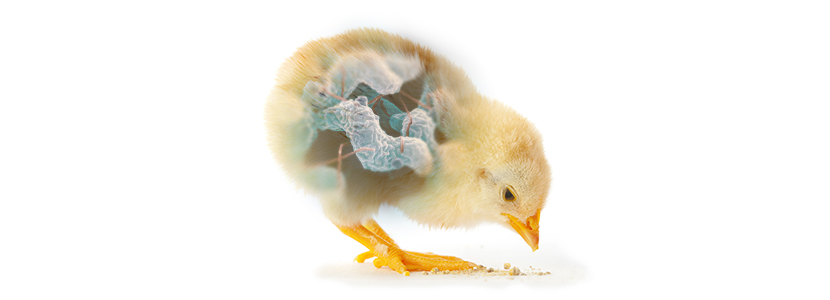
Nutrition and gut health in poultry
The term “gut health” is a very comprehensive topic involving nutrition, gut physiology, microbiology, and immunology. One of the most effective ways to influence poultry gut health is through nutritional programming.
There are several nutritional strategies that can be adopted to influence gut health:
Diet formulation
A key aspect in any feeding program is to establish a balanced diet formulation where the nutrient content of feed and the birds’ nutritional requirements are matched. In this regard, diets should be formulated based on digestible values rather than “total” values to maximize protein digestibility.
Apply the “ideal protein” concept (or ideal amino acid profile) to all essential amino acids.
Emphasis is not made on minimal crude protein, but rather on the proper balance or ratio of each amino acid to lysine. Using synthetic amino acids will be beneficial and may help prevent excess crude protein. An excess of indigestible protein in the hind gut can predispose to various intestinal challenges (e.g., wet beds).
Properties of starch
Among the nutrients found in poultry diets, starch is the most important nutrient and the main energy source in broiler diets (can contain up to 50% starch based on DM). Different cereals (wheat, corn, sorghum, rice) have different characteristics and physico-chemical properties. For example, wheat contains high levels of non-starch polysaccharides (NSPs), such as β-glucans and arabinoxylans. The physico-chemical properties of NSPs are responsible for antinutritive factors in broilers. This is especially true for soluble viscous NSPs, which decrease the digestibility of proteins, starch and fat.
In addition, the speed of starch digestion can favor the growth of Clostridium perfringens. A pathogen which is responsible for necrotic enteritis. Therefore, the application of xylanase enzymes is necessary to improve starch digestion and gut health.
Physical texture and shape of the feed
The physical form of raw materials used in broiler diets can affect the morphological and physiological characteristics of the entire intestinal tract. Small particles provide a larger surface area, and this can result in a rapid passage of food into the intestine. However, many studies have shown that larger particles favor the gizzard’s development and activity. Therefore, feed is retained for a longer period within the gizzard and its particles are more uniform when they pass into the small intestine, which favors its digestion.
In addition, the larger particle size of the food leads to a longer retention time within the intestine. This contributes to the release of starch trapped in the cells of cereal grains and stimulates an improved bacterial fermentation within the cecum. Therefore, the particle size target should be 800 to 1000 microns.
Conclusions
There is still very little information on early nutrition practices, and most of the studies on this topic have only focused on chicks’ early access to feed. More research is necessary to determine if a pre-onset diet has the capacity of optimizing metabolic homeostasis in poultry in order to achieve maximum prospective growth and feed efficiency.♦
[/register]
Subscribe now to the technical magazine of animal nutrition
AUTHORS
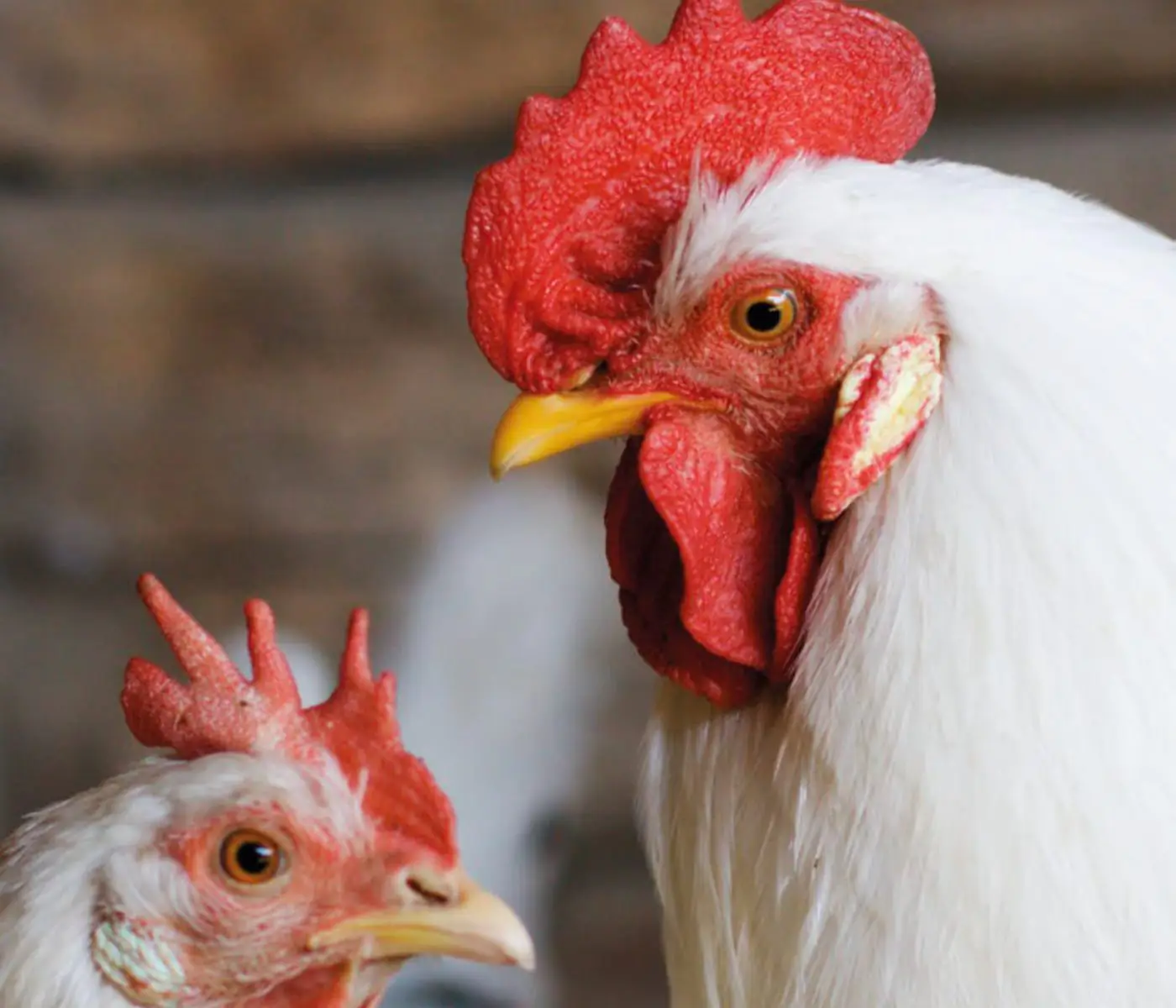
Nutritional Interventions to Improve Fertility in Male Broiler Breeders
Edgar Oviedo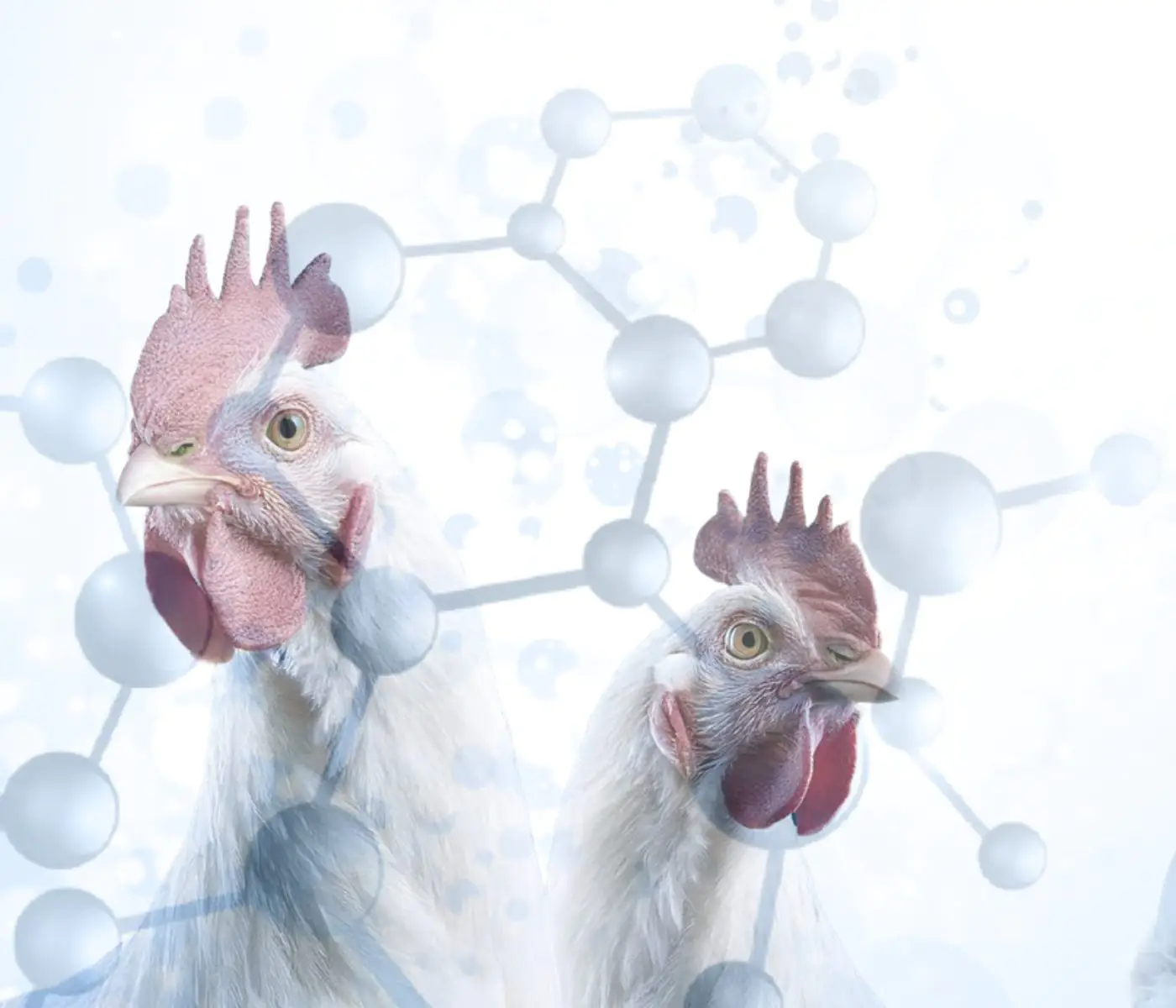
The Use of Organic Acids in Poultry: A Natural Path to Health and Productivity
M. Naeem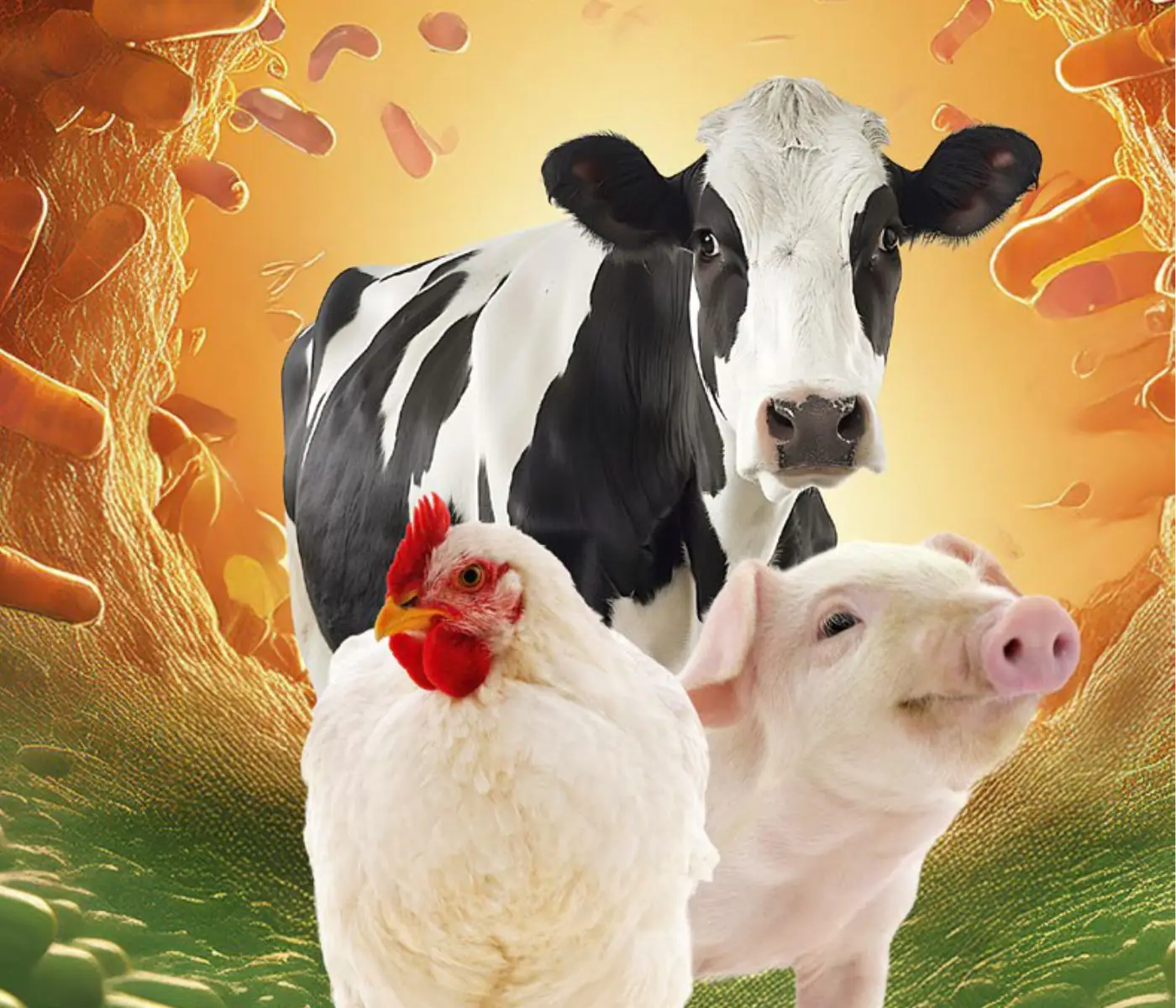
Synergistic Benefits of Prebiotics and Probiotics in Poultry, Swine, and Cattle
Gustavo Adolfo Quintana-Ospina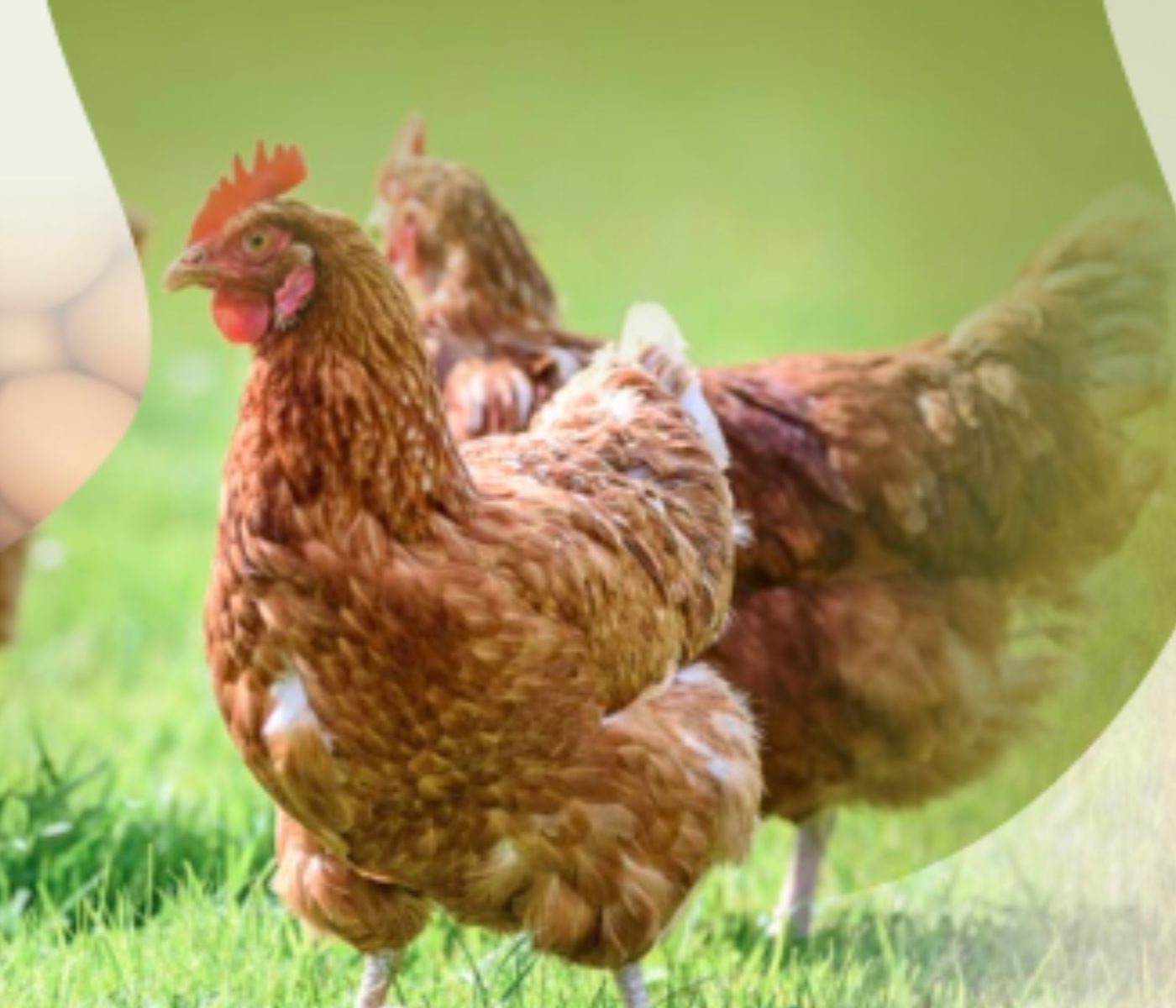
Hybrid Rye Potential in Laying Hen Feed Rations
Gwendolyn Jones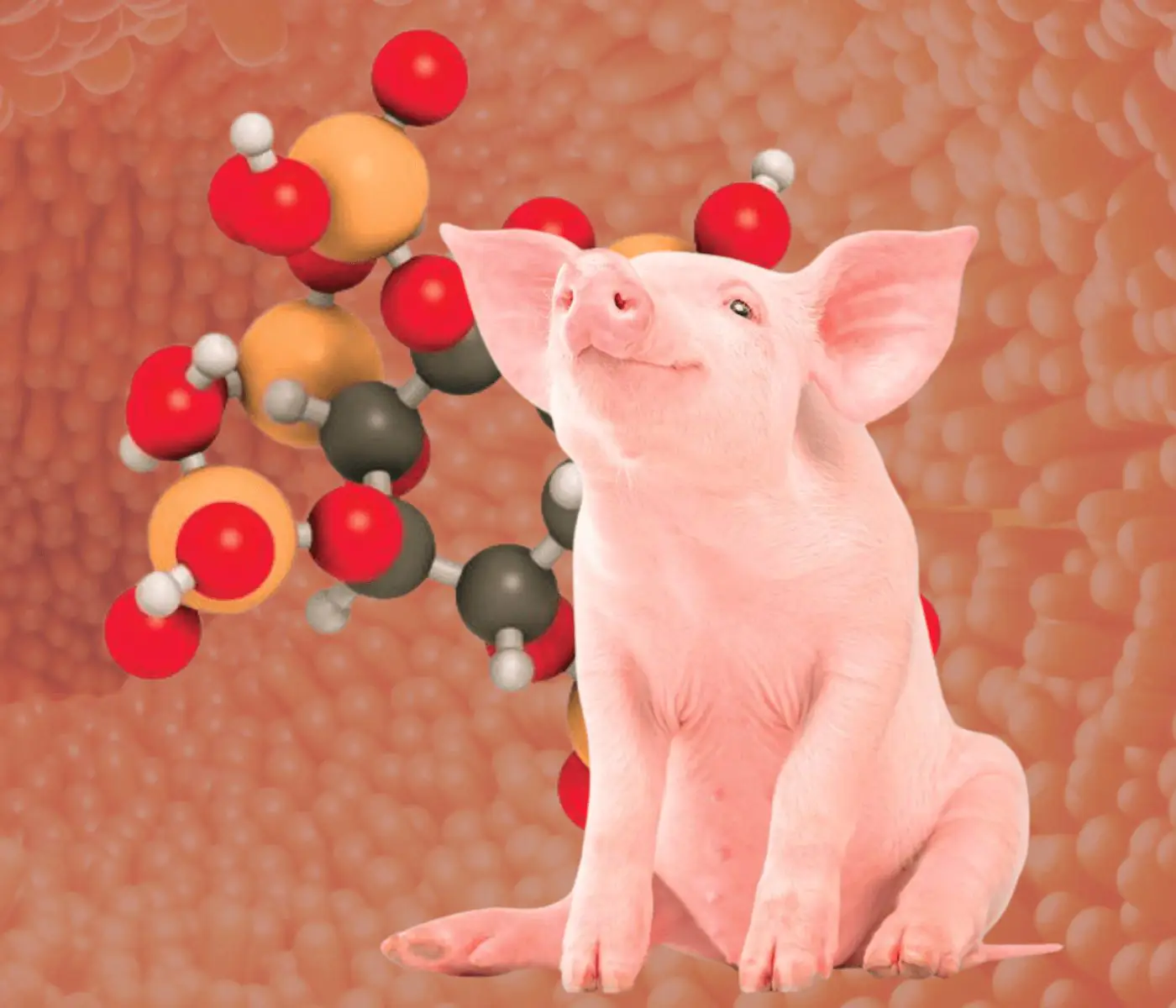
A day in the life of phosphorus in pigs: Part I
Rafael Duran Giménez-Rico
Use of enzymes in diets for ruminants
Braulio de la Calle Campos
Minerals and Hoof Health in the Pregnant Sow
Juan Gabriel Espino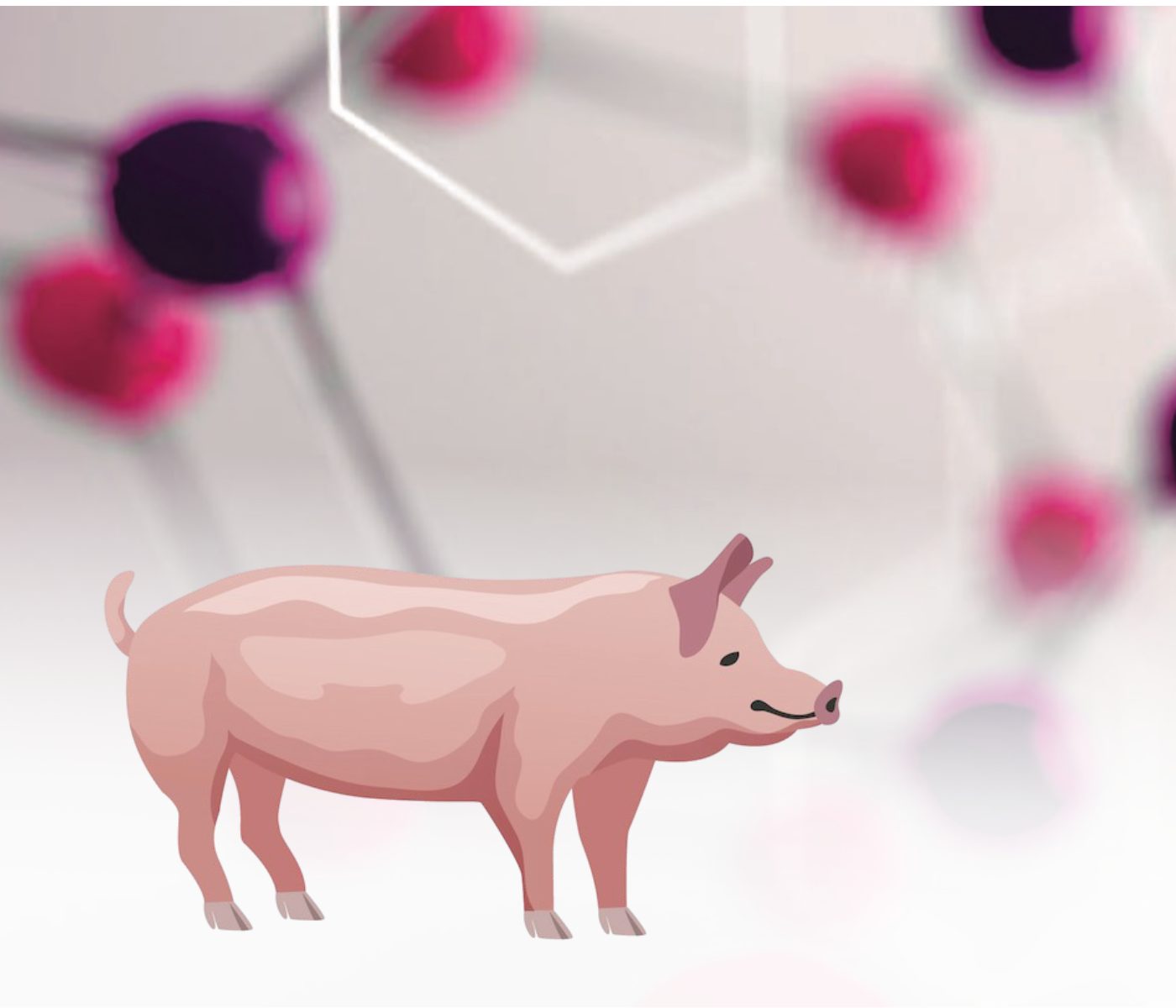
Impact of Oxidized Fats on Swine Reproduction and Offspring
Maria Alejandra Perez Alvarado